The 1990s stand as a landmark decade for anime, particularly for a genre that continues to captivate audiences worldwide: the magical girl. This era saw the evolution and popularization of tropes that would define the genre for years to come, offering audiences a potent blend of fantasy, action, and stories centered on the power of friendship and self-discovery. From celestial guardians to intrepid card collectors and heroes transported to fantastical realms, 90s magical girl anime crafted a unique and enduring legacy.
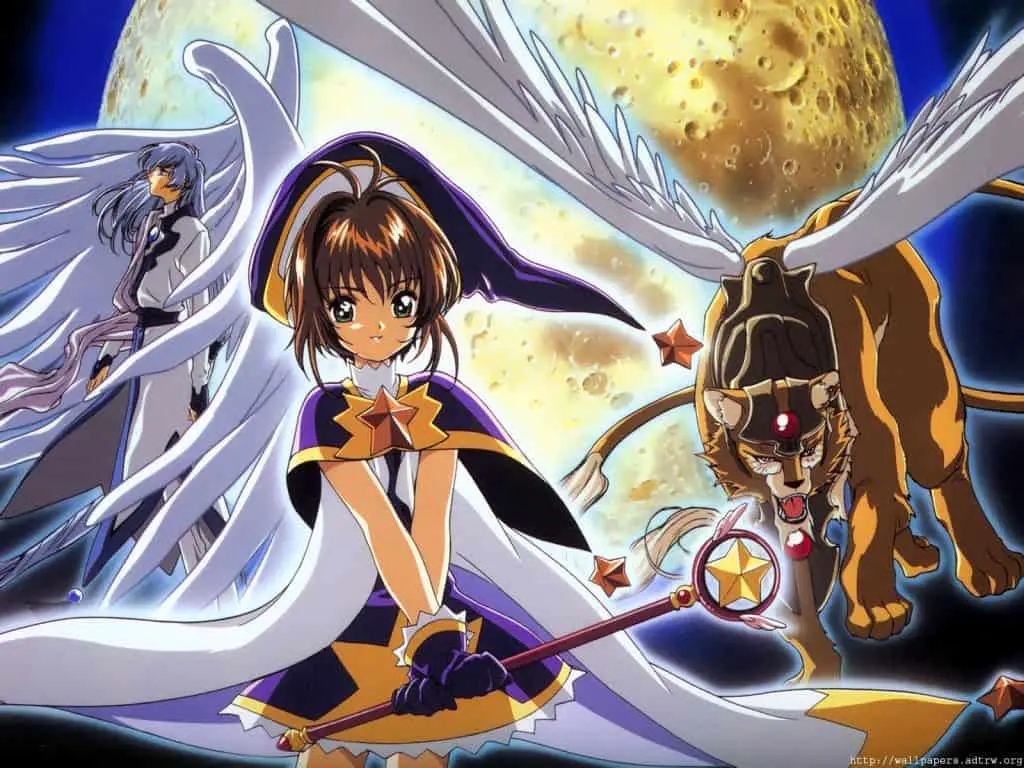
The Enduring Enchantment of 90s Magical Girl Anime
Sailor Moon (Bishoujo Senshi Sailor Moon)
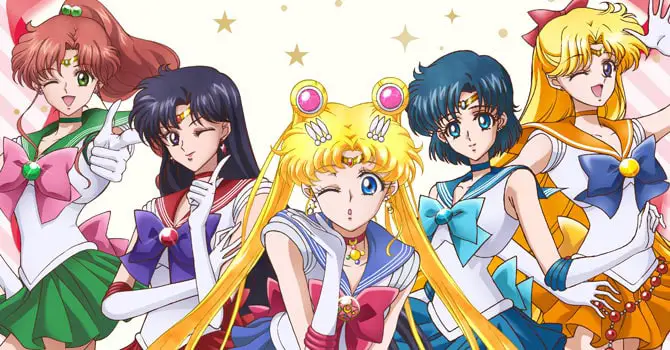
At the forefront of this phenomenon was Sailor Moon (Bishoujo Senshi Sailor Moon), which debuted in 1992 and quickly became a global sensation. Its iconic transformation sequences, diverse cast of heroines embodying various celestial bodies, and compelling blend of monster-of-the-week battles with an overarching cosmic narrative set a high bar. The series resonated deeply with themes of love, justice, and the unwavering strength found in female friendships, becoming a cultural touchstone that transcended anime fandom.
Magic Knight Rayearth
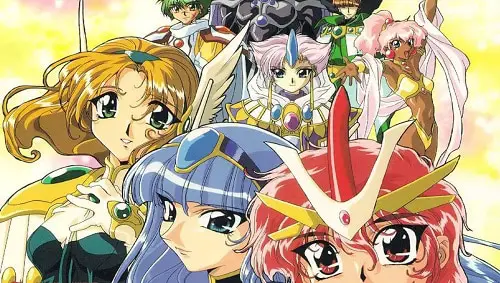
Meanwhile, CLAMP, a renowned all-female mangaka collective, also left an indelible mark on the decade with two distinct yet equally beloved entries. Magic Knight Rayearth, which premiered in 1994, offered a refreshing fusion of the magical girl genre with the then-burgeoning “isekai” (other world) trope and even elements of giant mecha. It followed three schoolgirls from modern-day Japan who are suddenly transported to the magical world of Cephiro, tasked with becoming the legendary Magic Knights to save the land. Its intricate world-building, high-stakes adventure, and the evolving dynamics between its protagonists made it a unique and exciting addition.
Cardcaptor Sakura
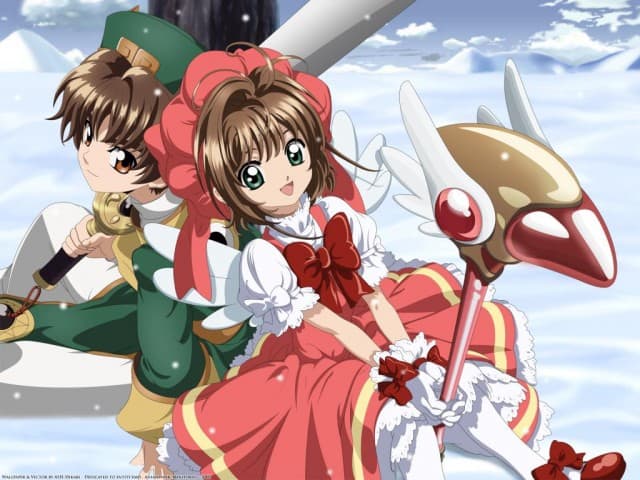
Later in the decade, CLAMP charmed audiences again with Cardcaptor Sakura. Debuting in 1998, this series focused on the whimsical adventures of ten-year-old Sakura Kinomoto, who inadvertently releases a set of magical Clow Cards and must embark on a quest to recapture them. Cardcaptor Sakura distinguished itself with its pure-hearted protagonist, stunningly elaborate magical costumes, and a warm, inviting atmosphere that balanced gentle humor with heartfelt emotional depth.
Fushigi Yuugi
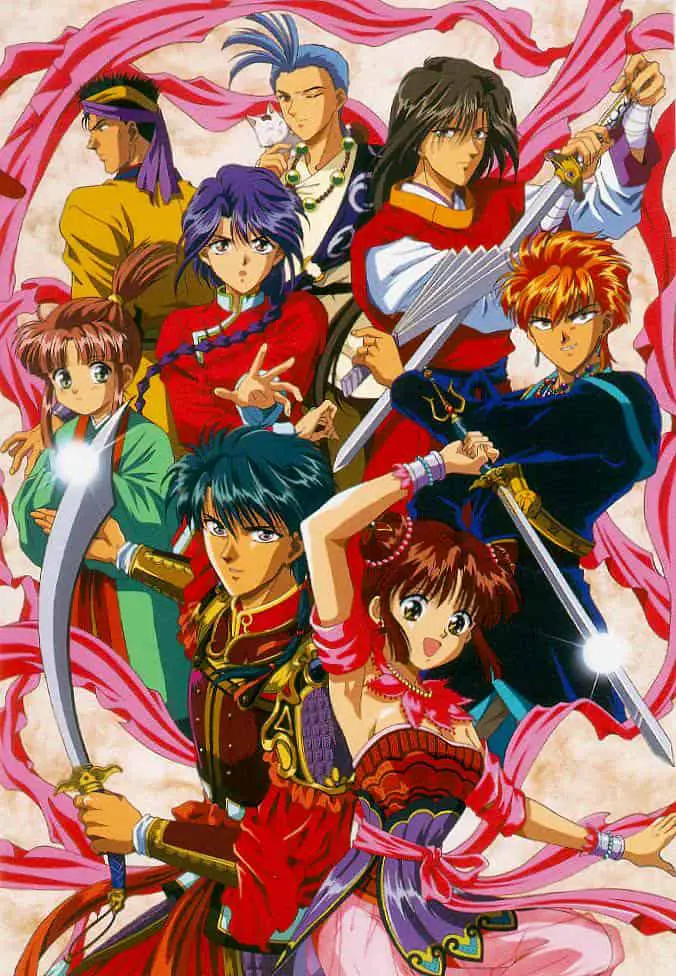
The 90s also explored diverse narratives within the magical girl framework. Fushigi Yuugi, another influential shojo series that began airing in 1995, leaned heavily into the “isekai” concept. It transported ordinary high school student Miaka Yuuki into a mystical book, “The Universe of the Four Gods,” where she becomes the Priestess of Suzaku, destined to gather seven celestial warriors to save a fantastical, ancient Chinese-inspired land. This series captivated viewers with its epic scale, complex character relationships, and a dramatic blend of romance, adventure, and destiny.
Wedding Peach (Ai Tenshi Densetsu Wedding Peach)
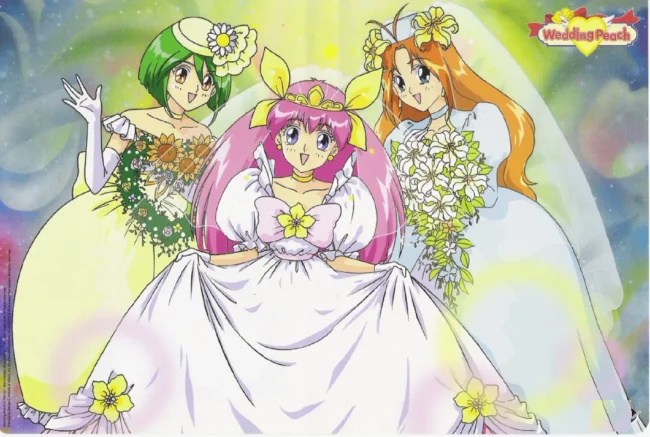
Parallel to these grand narratives, Wedding Peach (Ai Tenshi Densetsu Wedding Peach), starting in 1995, offered a more classic magical girl experience focused on a trio of “Love Angels” fighting against demons. With its elaborate transformations and emphasis on the power of love, it showcased the enduring appeal of the genre’s core conventions.
Collectively, these five series, alongside many others, highlight the incredible diversity and innovation present in 90s magical girl anime. They captivated a generation with their imaginative worlds, memorable characters, and empowering messages, solidifying the genre’s place as a cornerstone of Japanese animation and continuing to inspire new stories to this day.
Last Updated on June 12, 2025 by Yu Alexius

Leave a Reply
You must be logged in to post a comment.